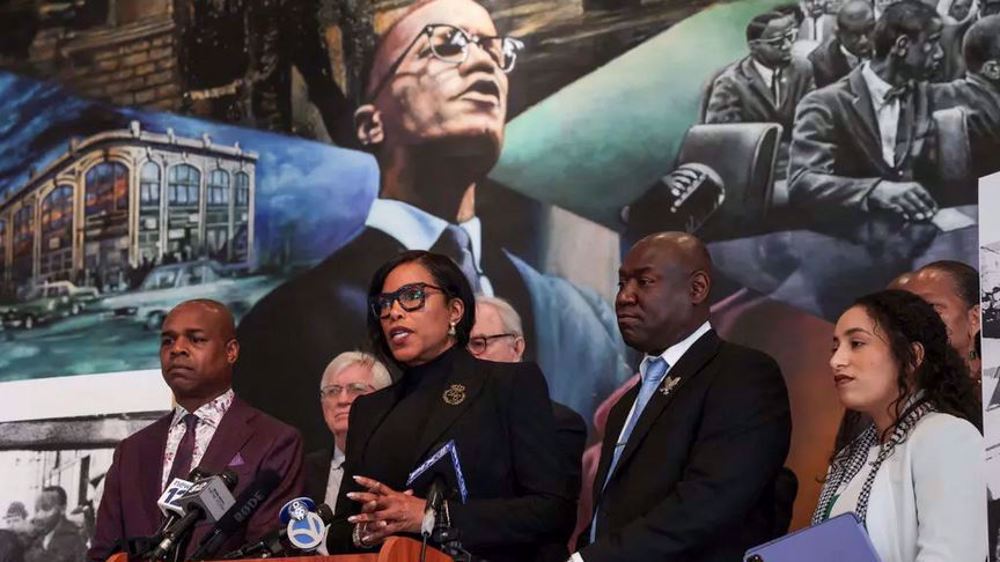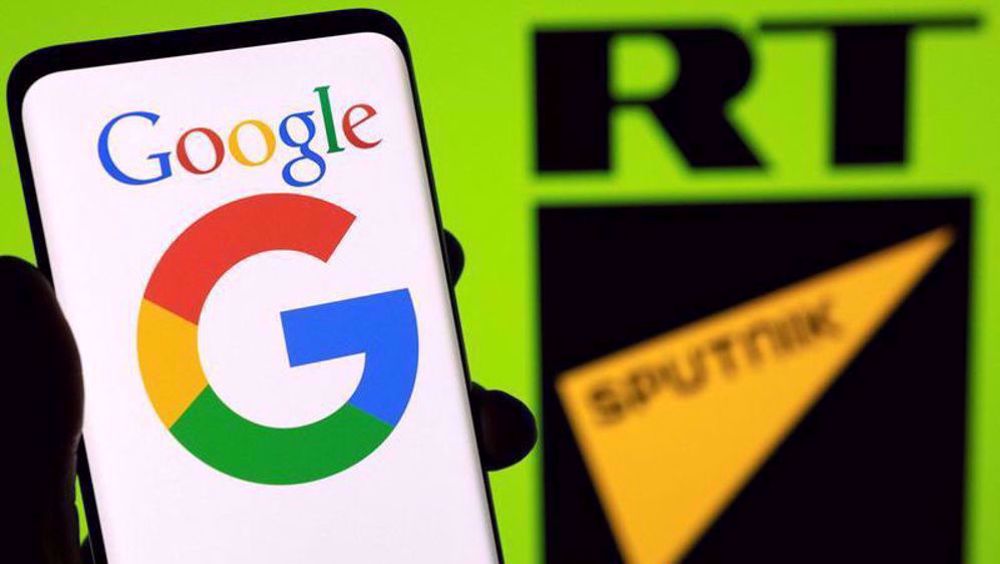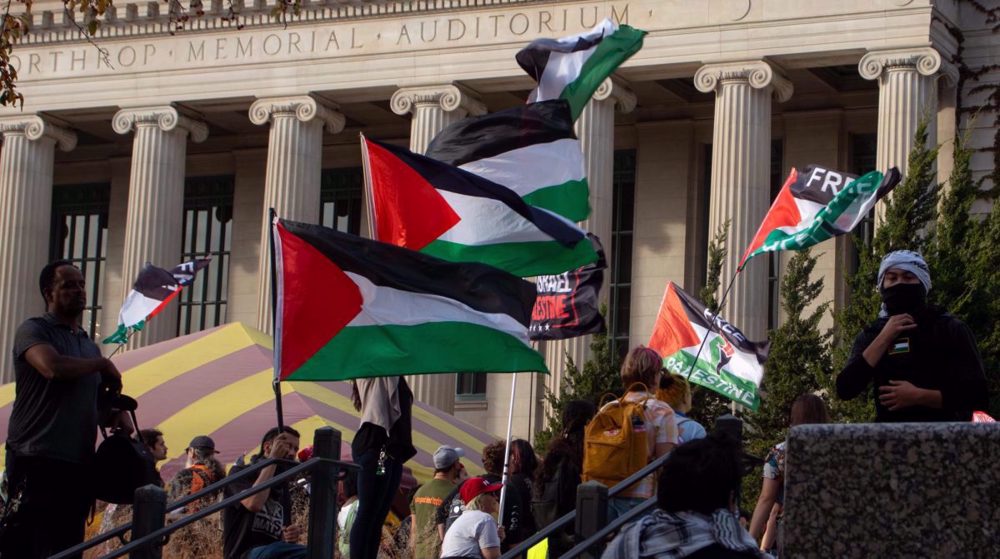US corona catastrophe marks one year anniversary
Ramin Mazaheri
Press TV, Chicago
On March 13 then-United States president Donald Trump declared the coronavirus to be a national emergency. One year later, many believe that the world’s richest country has had the world’s worst national response to the pandemic.
At over a half-million fatalities, the US has twice as many deaths as the second hardest-hit nation, Brazil. Many attribute that to the US being alone among developed nations in having an almost entirely for-profit health care system.
The US emulated China’s example by calling for lockdowns, but they came without the governmental safety net nor the cultural solidarity which such mass quarantines seem to require.
The resulting economic and personal devastation is still too enormous to be fully grasped, but the lockdowns clearly penalized the lower classes the most, caused inequality to soar, and resulted in the nation’s worst economic situation since the Great Depression.
The virus hit poor and non-White communities disproportionately hard, and then when the US developed vaccines these communities have been disproportionately excluded from receiving them.
The pandemic came amid or maybe contributed to major social protests towards racist policing, a bitterly disputed presidential election and the hardening of unprecedented social divisions over the past year.
The United States has pinned its recovery not on making structural changes but on the multiple vaccines they have produced. Should the vaccines fail to prevent a third major corona wave this spring, the resulting socio-economic and cultural disaster would reach uncharted territory.
VIDEO | Former FBI agent criticizes US Congress for 'outright corruption'
IRGC chief urges Muslim countries to cut aid routes to Israel
'New chapter in cooperation': Iran, Venezuela sign new MoUs
Jordan sentences former lawmaker for supporting Palestinian resistance
Basij volunteer forces hold massive drills in southwestern Iran
Israeli war criminals 'not welcome', US city says after ICC ruling
US vetoing of Gaza ceasefire resolution ‘disgraceful’: Iran’s UN envoy
VIDEO | IAEA adopts anti-Iran resolution tabled by E3









 This makes it easy to access the Press TV website
This makes it easy to access the Press TV website